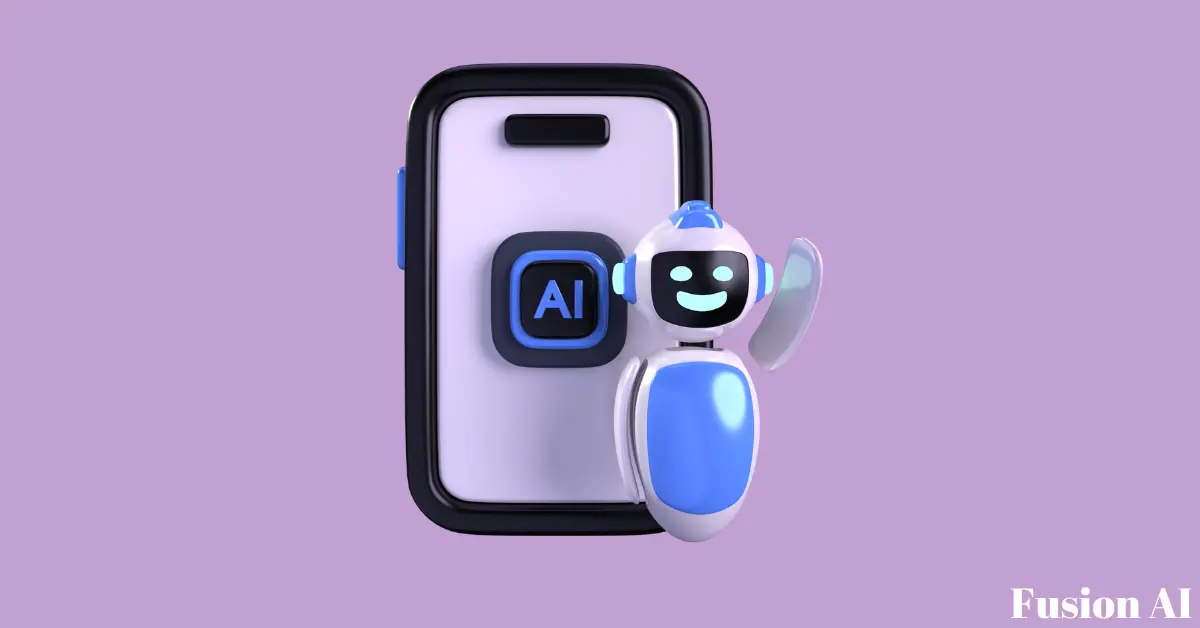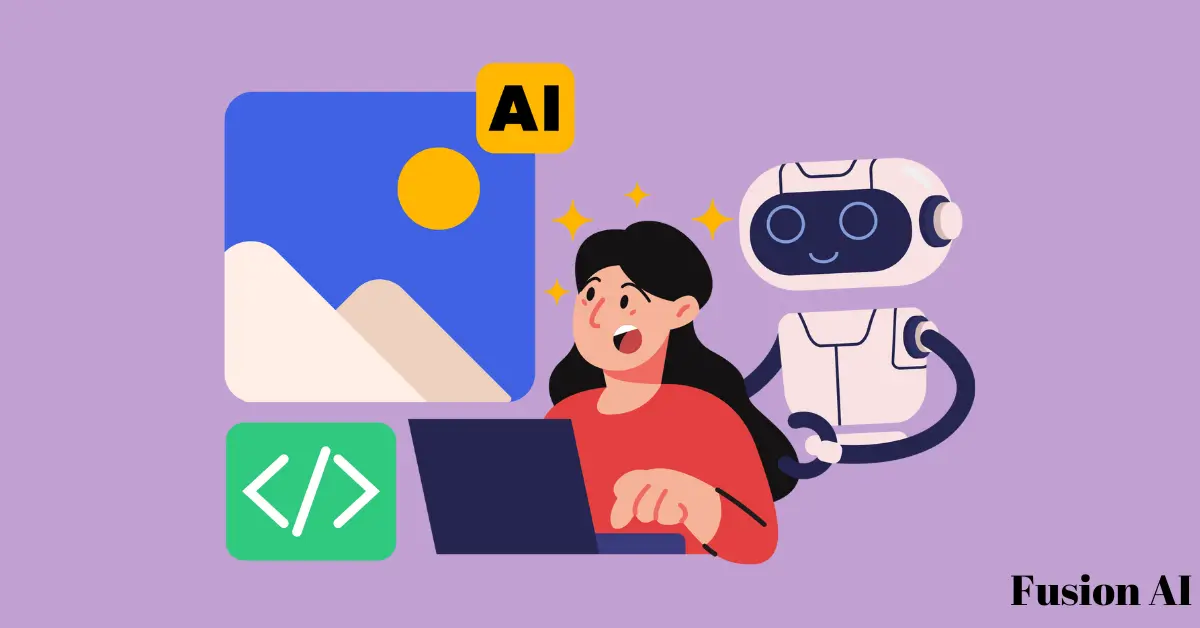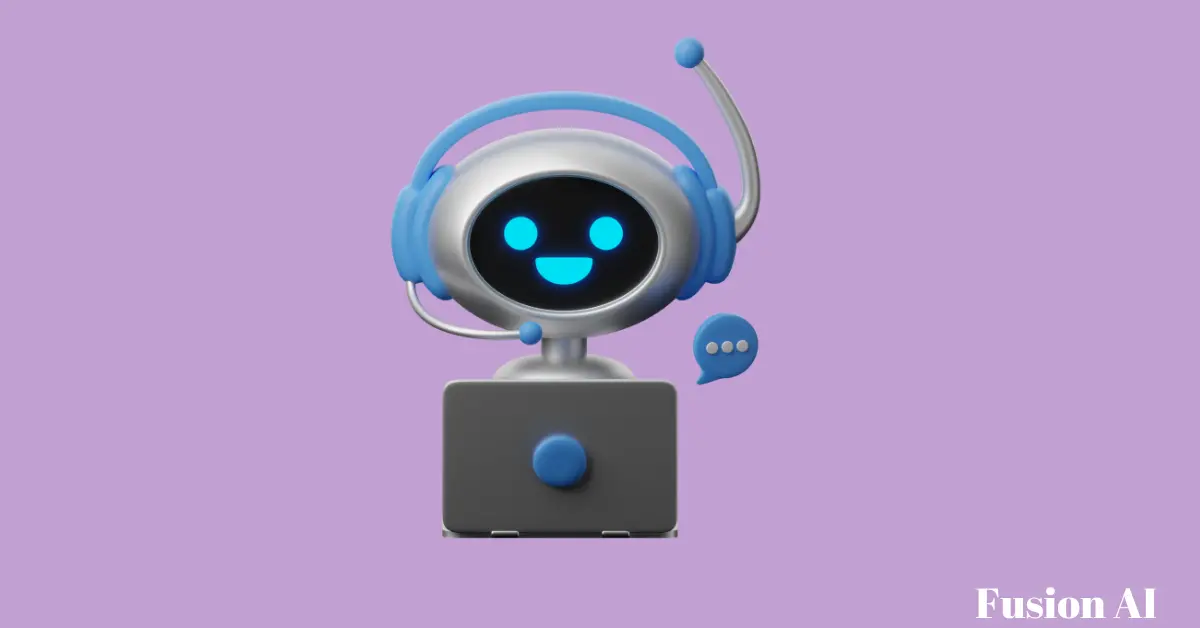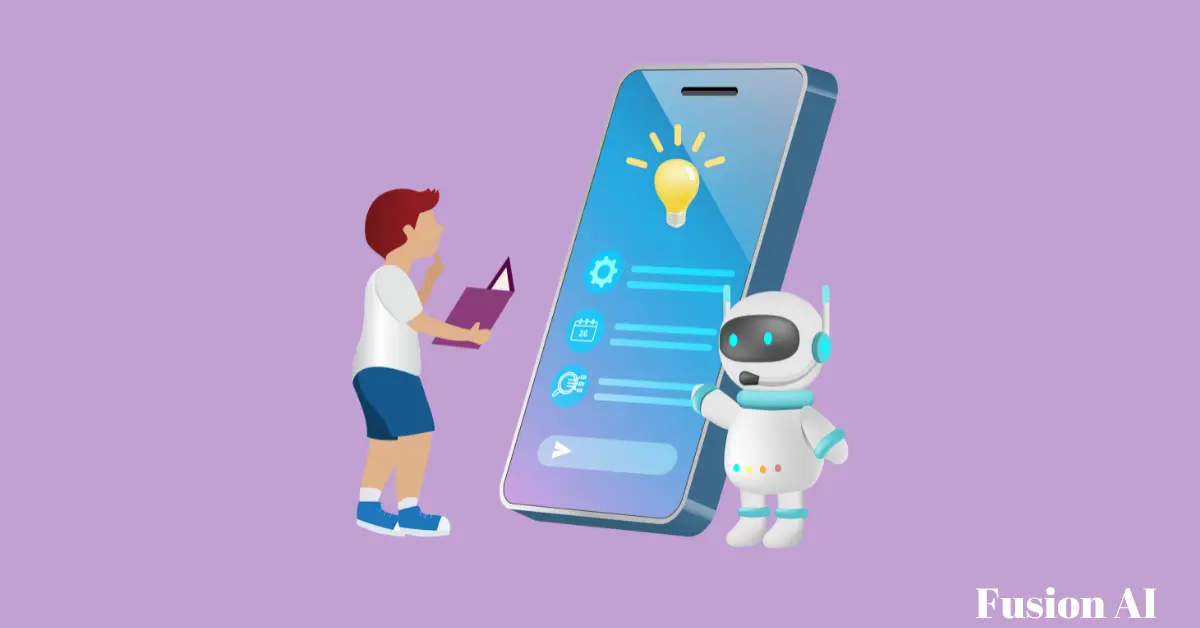11/27/2024
As AI becomes more prominent in customer interactions, having a well-trained AI customer support agent is crucial for businesses aiming to enhance efficiency and customer satisfaction.
While many associate AI chatbots with simple customer service tasks, they are capable of significantly reducing workload and providing seamless support. This article will guide you through creating and training an AI customer support agent using a plug-and-play template.
Why Use an AI Customer Support Agent?
AI customer support agents provide 24/7 service, reduce ticket volumes, and improve response times. At our agency, we've achieved up to a 70% reduction in ticket openings for clients using AI-powered solutions. With proper training, these agents can respond effectively to inquiries and escalate unresolved issues seamlessly.
What You’ll Learn in This Guide
We’ll cover:
The setup process for an AI customer support agent.
Training the chatbot to handle inquiries.
Integration with a ticketing system like Zendesk.
Customizing responses for your business needs.
By the end, you’ll have a working AI agent trained in your company’s knowledge base, capable of opening tickets for complex issues.

Requirements to Get Started
Voiceflow: A platform for building and deploying chatbots.
Template: Download a customizable template for the chatbot.
Knowledge Base: A document with common customer queries and answers.
Step 1: Setting Up Voiceflow
Voiceflow simplifies chatbot creation with a user-friendly interface.
Sign Up: Visit Voiceflow and choose the Professional Plan ($50/month).
Import Template:
Access our pre-built AI customer support template from our Skool community.
Import the .vf file into Voiceflow’s dashboard.
Understand the Template: The template includes:
A welcome message node.
Intent recognition to categorize user queries (e.g., general questions, technical issues, subscription cancellations).
Step 2: Training the AI with Intent Recognition
Intent recognition enables your chatbot to understand user queries and route them appropriately.
Categories include:
Normal Questions: Direct users to the knowledge base for answers.
Technical Issues: Escalate to support when needed.
Subscription Cancellations: Provide static instructions to minimize costs.
Open Tickets: Allow users to escalate issues when no solution is found.
Example:
If a user asks, "How can I cancel my subscription?" the AI categorizes it under "Subscription Cancellations" and responds with pre-configured text.
Step 3: Building the Knowledge Base
Your chatbot relies on a well-structured knowledge base for accurate responses.
Create a document (e.g., .docx or .pdf) with:
Common questions (e.g., "How much do your services cost?")
Detailed answers.
Upload the file to Voiceflow:
Navigate to Content > Knowledge and import your file.
Review and test the knowledge integration.
Sync with platforms like Zendesk for real-time updates.
Step 4: Customizing AI Responses
Personalize the chatbot to align with your company’s tone and needs.
Adjust the system prompt:
Add company-specific details (e.g., "You are a support agent for Omni Fusion AI, specializing in appointment setting").
Use GPT-4 Turbo for improved accuracy and contextual responses.
Handle unrecognized questions:
Set a fallback response:
"I'm sorry, I couldn't find an answer to your question. Would you like to open a ticket?"
Step 5: Automating Ticket Creation
When the AI cannot resolve an issue, it should seamlessly escalate the problem.
Ticket Integration: Configure the chatbot to open tickets in your preferred system (e.g., Zendesk).
Ensure users can easily escalate issues with a button or prompt.
Step 6: Deploying the Chatbot
Finalize the chatbot in Voiceflow.
Deploy the agent to your website or platform using Voiceflow’s export options.
Test the chatbot to ensure smooth functionality and accurate responses.
For the best chatbot, you can try Fusion Ai
Key Benefits of a Trained AI Customer Support Agent

Enhanced Customer Experience: Instant responses and 24/7 availability.
Reduced Workload: Automate repetitive queries and free up human agents.
Improved Efficiency: Seamless ticket creation for unresolved issues.
How to use AI in user experience?
AI can enhance user experience (UX) by offering personalized, efficient, and predictive interactions. Here’s how to effectively use AI in UX:
Personalization: AI algorithms analyze user behavior to provide tailored content, recommendations, or experiences, such as Netflix's personalized show suggestions or Amazon’s product recommendations.
Predictive Analytics: Predict user needs by leveraging data to anticipate actions or preferences, enabling proactive service delivery.
Chatbots and Virtual Assistants: Use AI-driven tools to provide instant responses and support, such as answering FAQs or guiding users through services.
Voice and Visual Search: Implement AI-powered tools like voice assistants (Alexa, Siri) or visual search engines to offer alternative, intuitive interaction methods.
A/B Testing Automation: AI can dynamically test and implement UX changes based on real-time performance data to optimize user satisfaction.
Conclusion
Training your AI customer support agent is a straightforward process with the right tools and resources. By leveraging platforms like Voiceflow and integrating a robust knowledge base, you can provide exceptional customer service while reducing operational costs.
Ready to build your AI agent? Download the free template from our Skool community and start transforming your customer support today!
Faqs:
How does AI improve business efficiency?
AI automates repetitive tasks, processes large data sets quickly, and enables real-time decision-making. For instance, predictive maintenance in manufacturing prevents breakdowns, and AI-powered tools streamline customer support with chatbots.
What industries benefit the most from AI?
Industries like healthcare (diagnostics and personalized medicine), finance (fraud detection and algorithmic trading), retail (personalized marketing), and SaaS (automation and analytics) gain the most from AI adoption.
How can AI boost customer retention?
AI enhances retention by offering personalized recommendations, timely support, and predictive insights into customer churn, enabling businesses to proactively address issues before customers leave.
How do I integrate AI into my existing product or service?
Identify areas where AI can add value (e.g., personalization, automation, or analytics).
Partner with AI specialists or use existing platforms like TensorFlow or OpenAI APIs.
Test your integration with a pilot group before scaling.
How can small businesses afford AI?
Leverage affordable, pre-built AI tools like chatbots, AI-powered CRMs, or no-code AI platforms. Many companies, like OpenAI and Google Cloud, offer scalable pricing for small businesses.
If you're interested in learning more about our new offerings for business and enterprise, once we are accepting new clients, we will reach out.
Drop your email below












